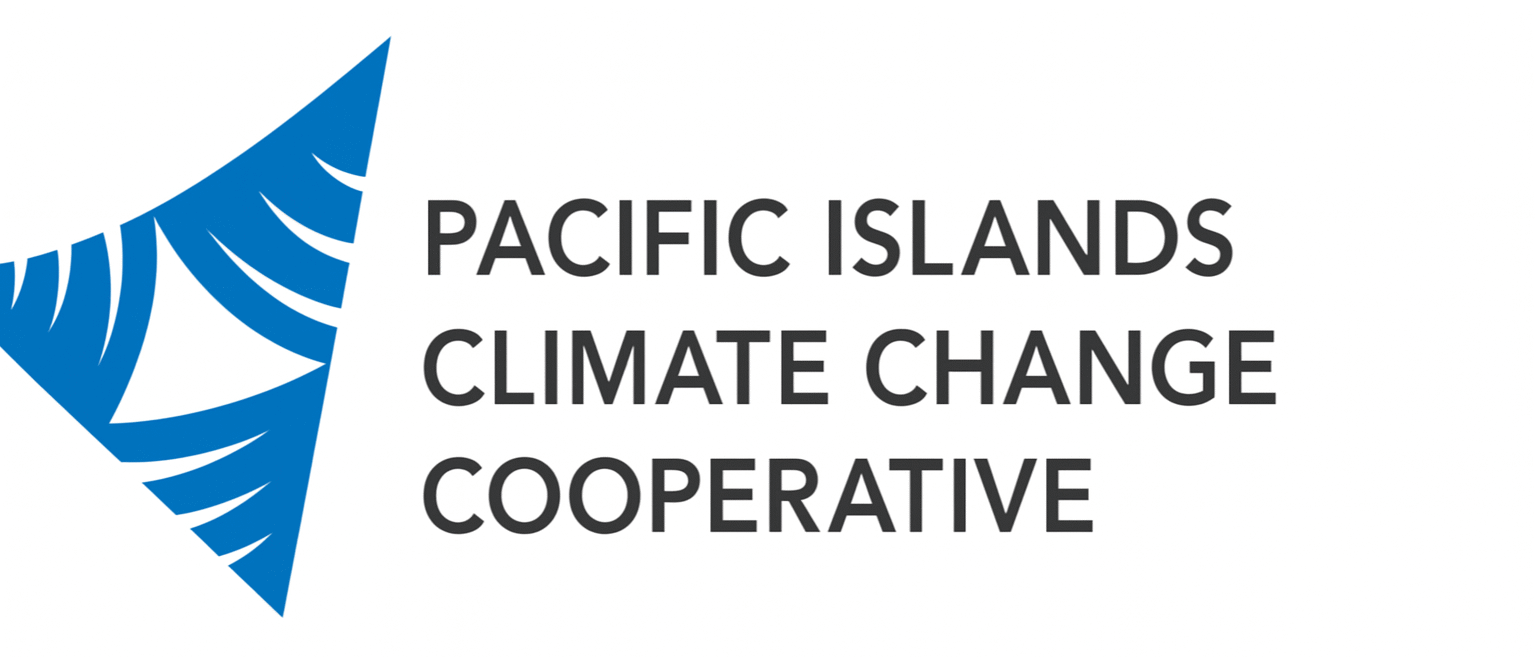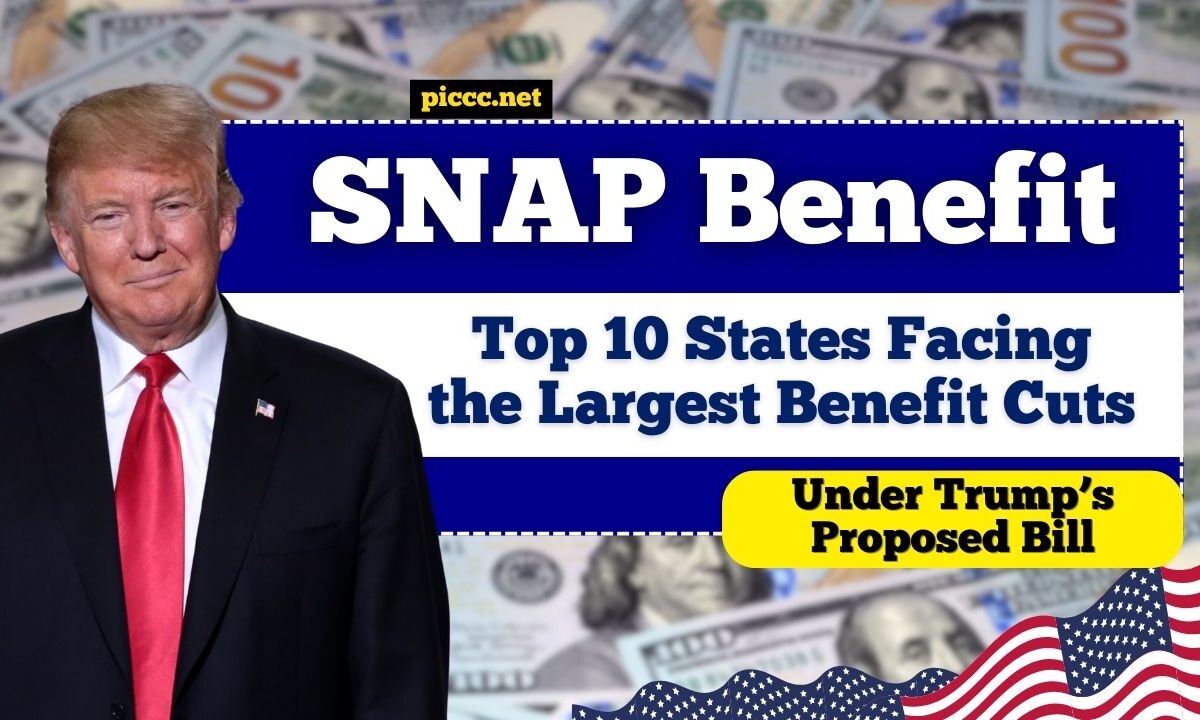A significant financial shockwave is affecting state budgets and working-class families across the United States due to President Trump’s newly enacted legislation, dubbed the “One Big Beautiful Bill.”
Although it champions tax relief for the wealthiest, this bill dramatically cuts the Supplemental Nutrition Assistance Program (SNAP)—an essential benefit for millions of low-income Americans. Experts warn the consequences will be devastating.
A Closer Look at the SNAP Cuts
According to a recent Harvard University analysis, the legislation is expected to cut $187 billion in SNAP funding by 2034. The Center on Budget and Policy Priorities has criticized the bill, calling it “harmful,” while The Guardian has labeled the reduction “unprecedented.”
These cuts are anticipated to severely increase poverty, food insecurity, and hunger, especially among vulnerable populations including children, veterans, seniors, and disabled individuals.
Estimates suggest 4 million Americans could see their SNAP benefits drastically reduced or eliminated altogether.
Funding Shift: Boosting Farms at the Expense of the Poor
While the legislation includes $66 billion in additional funding for farm programs, this increase is offset by cutting food aid from low-income households. The message is clear—assistance is being redirected away from those who rely on it to survive.
Who Will Be Affected?
Urban Institute Findings
Research from the Urban Institute projects that:
- Over 22 million households could face reduced or zero SNAP benefits
- More than 5 million recipients may lose $146 per month on average
Voices from the Ground
The human cost of these changes is already being felt. A single mother, Giede, shared with The Guardian:
“Our pay is already so little that we’re struggling with everything… We’re also worried what our kid is going to eat because we no longer have help.”
Cost-Sharing Policy Kicks In by 2028
Another critical aspect of the bill introduces a cost-sharing model. Starting in 2028, individual states will need to contribute between 5% to 25% of their SNAP funding. The exact rate depends on each state’s administrative error performance in managing the benefits.
Top 10 States Facing the Largest SNAP Reductions
Here’s a breakdown of the states experiencing the steepest SNAP funding losses:
| State | Funding Loss | Relative Reduction (%) |
|---|---|---|
| New Mexico | $479 million | -43.9% |
| West Virginia | $262 million | -43.6% |
| Georgia | $1.49 billion | -43% |
| Delaware | $112 million | -41.6% |
| New Jersey | $846 million | -41.4% |
| Mississippi | $367 million | -41.1% |
| Indiana | $603 million | -39.6% |
| Michigan | $1.29 billion | -39.6% |
| Oklahoma | $628 million | -39.3% |
| Missouri | $630 million | -39.3% |
The sweeping cuts to SNAP under this new federal law are projected to disproportionately impact low-income families, especially in states with higher dependence on food assistance.
While wealthy individuals and agricultural programs receive significant financial boosts, millions are left wondering how they’ll afford groceries.
With states soon bearing a larger financial burden, these changes signal a major shift in America’s approach to welfare—and not in a direction that favors the vulnerable.
FAQs
Why are SNAP benefits being cut under the new legislation?
The new bill reallocates funding, giving tax breaks to the wealthy and adding farm subsidies, while offsetting these costs by slashing SNAP by $187 billion over the next decade.
How many people are likely to lose food assistance?
Estimates indicate over 22 million households may see reduced or eliminated benefits, with about 5 million experiencing average losses of $146 per month.
Which states are hit hardest by the SNAP cuts?
The top 10 states include New Mexico, West Virginia, Georgia, Delaware, New Jersey, Mississippi, Indiana, Michigan, Oklahoma, and Missouri, with funding losses ranging from 39% to nearly 44%.

